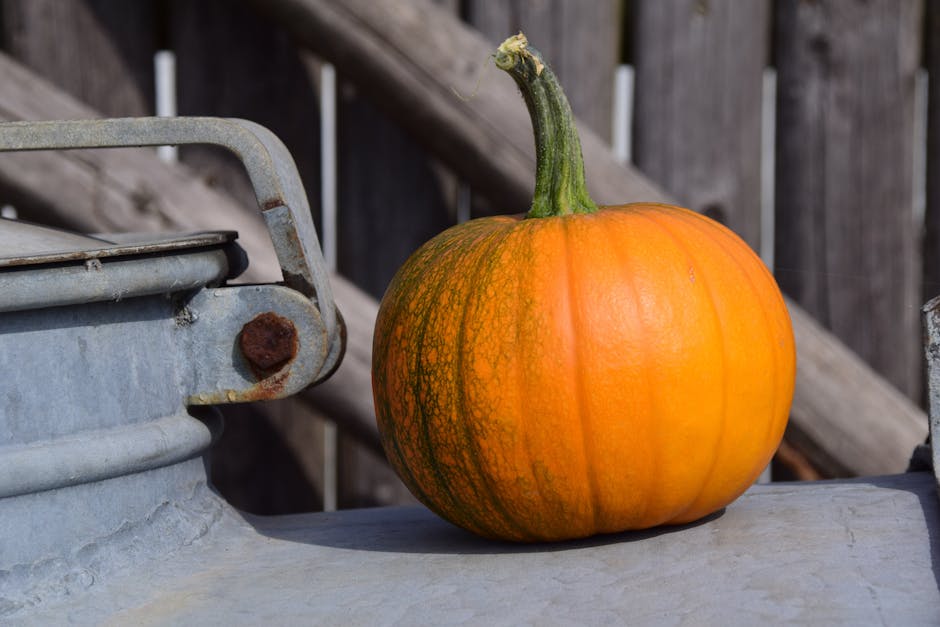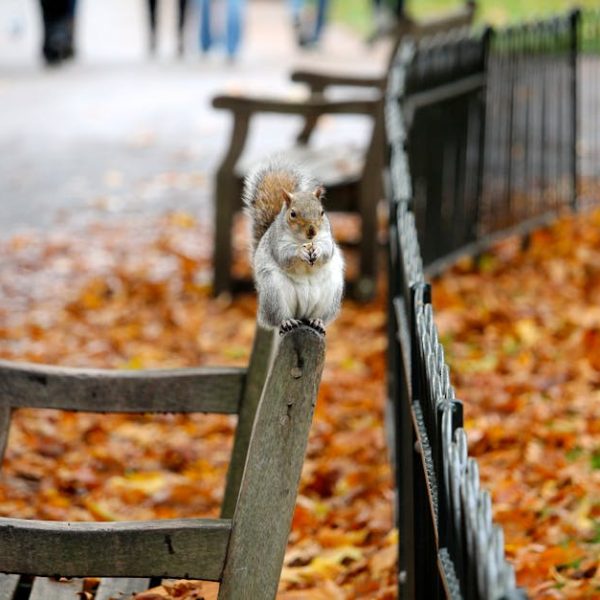Gardening is both an art and a practice of precision; and when it comes to squash cultivation, companion planting goes a long way in promising a fruitful yield. Understanding the nuanced relationships between plant species can help in sourcing a healthier and more prolific harvest. Companion planting for squash primarily aims at pest control, increased yield, and improved overall health of the plants involved. Imagine having companions that protect each other, boost growth and productivity – this is the philosophy behind companion planting where gardeners ensure squash thrive along with their plant pals.
When planting squash, consider the plant community that you are creating. Some plants work exceptionally well together and can mutually enhance each other’s growth and output. For instance, beans, corn, nasturtium, marigold, and borage are some proven squash companions. Beans furnish the soil with nitrogen, a nutrient squash needs in abundance. Corn provides a natural trellis for squash to climb, saving space and preventing the fruit from rotting. Nasturtium, marigold, and borage work as pest deterrents, while also attracting beneficial insects.
Pro Tip: Planting these companion plants around squash is not haphazard. Timing, placement, and spacing are essential for achieving the best results. Plant beans and corn prior to squash; they need a head start to grow tall enough before the squash spreads.
However, not all plants are friendly towards squash. Some might compete for nutrients and space, causing an adverse effect on the squash growth. Potatoes and sunflowers are known as ‘bad companions’ for squash. They can stunt the growth and decrease the yield of squash due to higher nutrient requirements and extensive root systems that compete for soil space.
Comparison: Planting squash with beans and corn can improve yield and pest control, whereas planting with potatoes and sunflowers might result in nutrient competition, decreased yield, and poor growth. Knowing the difference can keep you from making costly mistakes.
One of the famous companion planting techniques is the ‘Three Sisters’ method – an ancient growing system involving corn, beans, and squash. In this system, corn provides the support, beans nitrogenize the soil, and squash spreads along the ground, blocking the sunlight and thus preventing weed growth.
Pro Tip: When implementing the ‘Three Sisters’ method, ensure you have enough space. These three plants can cover a lot of ground, and a small garden may not provide the room they need to grow effectively.
Checklist:
- Select a sunny location with good soil.
- Plant corn first; once it reaches 5 inches tall, plant beans and squash.
- Keep an optimum distance between the plants to prevent overcrowding.
- Remember to water regularly and monitor growth.
Stay tuned as we reveal more strategies in the next section to improve your squash companion planting experience.
Other Strategies to Improve Squash Companion Planting
Beyond companion planting, there are other strategies that you can employ to further increase success in your squash garden. Some of these include crop rotation and maintaining a biodiverse garden.
Crop Rotation
- Crop rotation is a time-tested gardening method that involves changing the plant location in a regular rotation across seasons.
- This strategy is extremely beneficial as it helps improve soil fertility and reduces soil-borne diseases.
- Plus, rotating crops can help manage pests because the insects specific to one crop would not return if the next season’s crop is different.
Best practices:
- A usual practice is a 3-year rotation. This means you would not plant squash in the same spot for three years.
- Be sure to keep careful notes of where each plant has been grown to keep the rotation organized.
Biodiversity
- Maintaining a biodiverse garden means planting a variety of plants to create a balanced ecosystem within your garden.
- This approach is advantageous as it reduces the chance of disease or pest outbreak. Indeed, a garden housing different plants will attract a variety of insects, creating a predatory-prey dynamics that helps keep the pest population in check.
Best practices:
- Choose plants that flower at different times to ensure a continuous source of food for beneficial insects throughout the growing season.
- Incorporate native plants whenever possible as these are more likely to attract and support local beneficial insects.
Pros and Cons: Developing and maintaining biodiversity within your garden requires time and commitment. You’ll need to do research on the plants that grow well in your local climate and also consider the timing of their flowering seasons. However, these efforts bring high rewards in terms of pest control, striking color schemes, and a healthy garden ecosystem.
To conclude, successful gardening is about more than simply planting a seed in the ground. It may require a bit of time to learn the ins and outs, but armed with knowledge on companion planting, crop rotation and biodiversity, you’re well on your way to a bountiful squash harvest. With some attention and care, your squash and their companions will thrive together, yielding a healthy and productive garden.
Key Takeaway:
- Companion planting boosts squash cultivation through effective pest control, increased yield and improved plant health.
- Beans, corns, nasturtium, marigolds, and borages are beneficial for squash for multiple reasons such as providing nutrients, offering support, and acting as pest deterrents.
- Potatoes and sunflowers are not recommended as companions for squash due to nutrient competition and extensive root systems.
- The ‘Three Sisters’ method is an effective planting technique involving corn, beans, and squash, but it requires enough space and careful implementation.
- Additional strategies like crop rotation and maintaining biodiversity are also effective methods to enhance the success rate of squash growth.
Embrace the joy of gardening by understanding the intricacies of plant companionship. With the right knowledge and practice, your squash will thrive among its plant friends, resulting in a bountiful harvest. Remember, success lies in diversity, careful planning and patience.
FAQs
Q: Beyond the ‘Three Sisters’, are there any other famous companion planting techniques for squash?
A: Yes, there are various other effective techniques with different combinations of plants. However, the effectiveness might vary depending on the local environment and the type of squash being grown. Exploration and experimentation are advised to determine the most suitable for your garden.
Q: Can I plant two different types of squash together?
A: Yes, you can plant two different types of squash together. But, keep in mind that squash varieties can cross-pollinate, so if you’re saving seeds, you might get some interesting hybrids in the next growing season.
Q: Should I always avoid planting squash with potatoes and sunflowers?
A: While it is not a hard and fast rule, it is generally preferred to avoid planting squash with potatoes and sunflowers. These plants tend to compete with squash for nutrients and space, which can adversely affect your squash yield.
Q: Is it important to rotate even the companion plants?
A: Yes, rotating companion plants can help manage pests and maintain soil fertility. Just as with your squash, remember to not plant the companions in the same spot every year.
Q: How does biodiversity help in squash companion planting?
A: Biodiversity helps forge a balanced ecosystem within the garden that reduces the chance of disease or pest outbreak. A diverse garden will attract a variety of insects, creating a natural pest control system.
Encourage your friends to make their squash planting experience more fruitful. Share this article and discover more gardening guides on our website!






